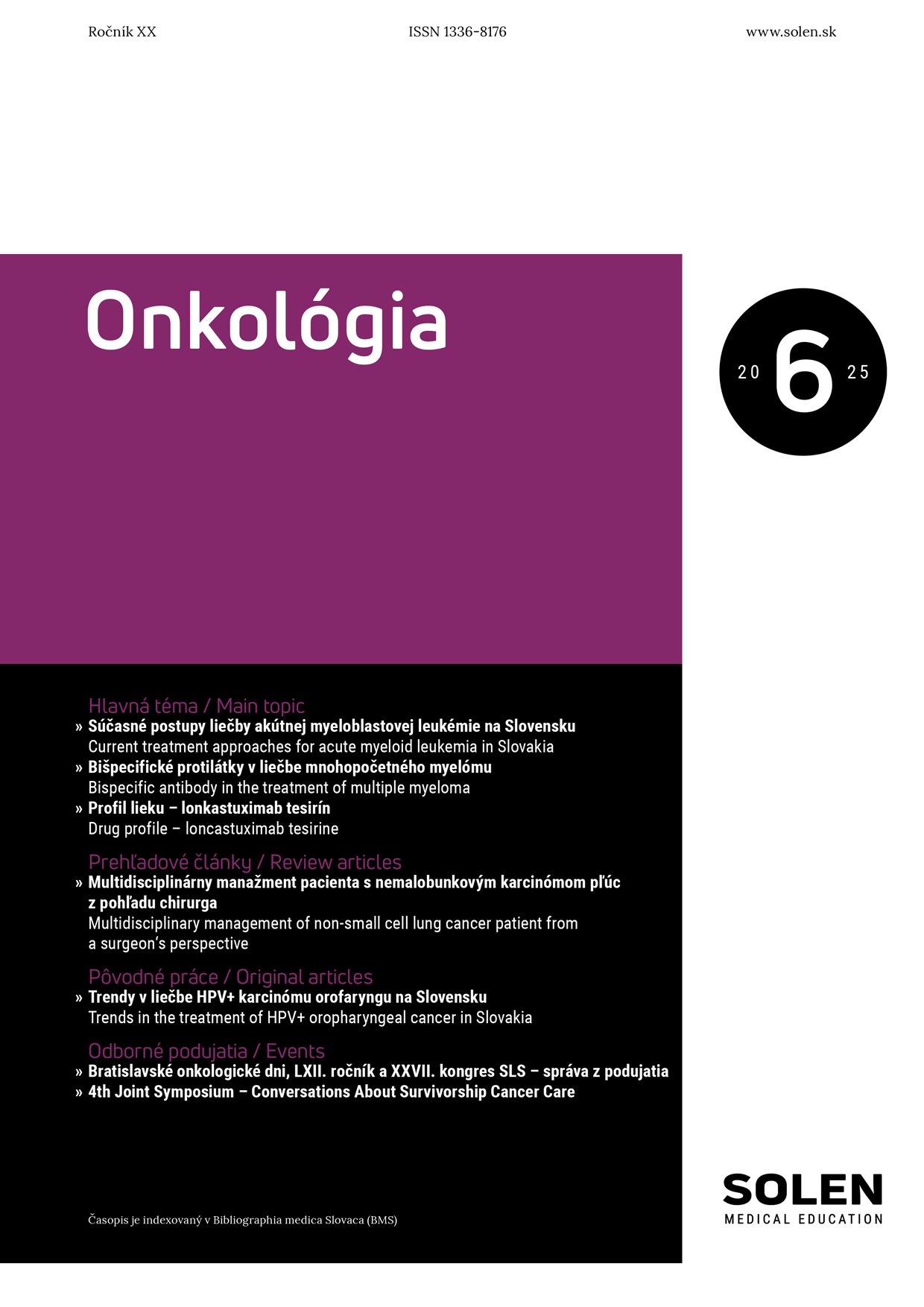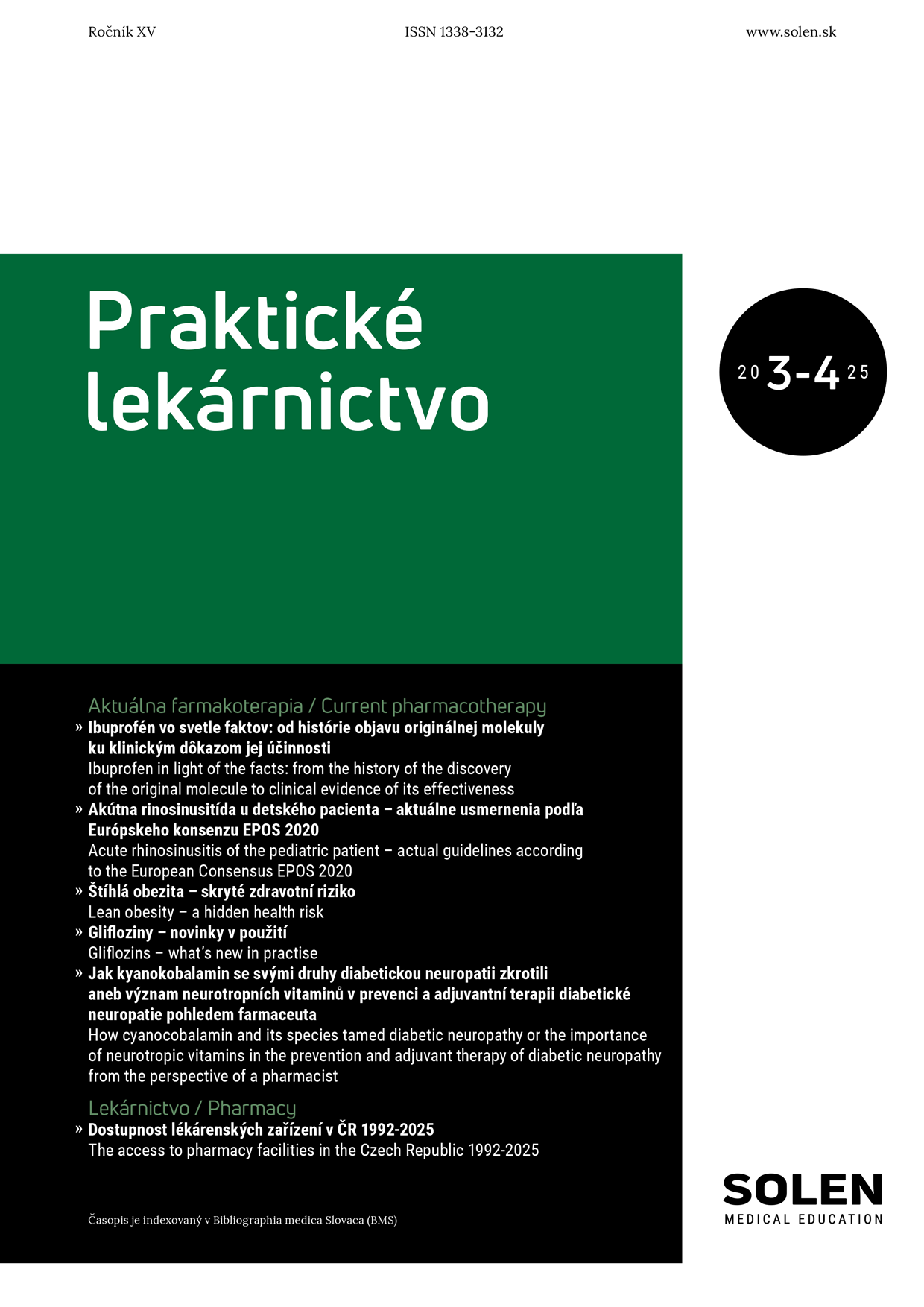Via practica 7-8/2007
STATUS ILEOSUS – DIAGNOSIS AND TREATMENT
Ileus is a bowel paralysis that presents in 20 % of cases of acute abdomen. It occurs in 2 forms: mechanical or paralytic. Mechanical ileus is caused by an obstruction of the intestinal passage. High ileus of the small bowel is caused by an obstruction localized in the stomache (e.g. stenosis of the pylorus) or in the upper jejunum. Obstruction in the lower part of jejunum or in ileum leads to lower ileus of the small bowel. Obstruction in colon (most frequently in descending colon or sigmoid) causes colonic ileus. Obstruction can be inherited or acquired. It can be caused by an outer mechanical blockage of the bowel passage (adhesions, hernias), intramural (tumor, hematoma, inflammation) or intraluminal problem (polyps, foreign bodies). Paralytic ileus is caused by slowing or stoppage of bowel peristalsis. This is a result of a loss of neuronal transport at the endings of Meissner and Auerbach plexus. Symptoms of ileus include vomiting, pain, constipation and distended abdomen. The basis of diagnosis consists of the patient’s history and physical examination. The findings usually include increased intensity or high pitched bowel sounds in the case of mechanical ileus or no bowel sound in paralytic ileus. Imaging methods include abdominal series xrays with a finding of air-fluid levels or CT scan of abdomen and pelvis. The treatment of mechanical ileus differs from the one for the paralytic ileus. While mechanical ileus requires an early surgical therapy, paralytic ileus is usually managed conservatively. An important component of treatment is suctioning of the gastric contents, replacement of electrolytes and fluid replacement.
Keywords: mechanical ileus, paralytic ileus, pain, vomiting, stool and flatus stoping, abdominal radiograph.

















